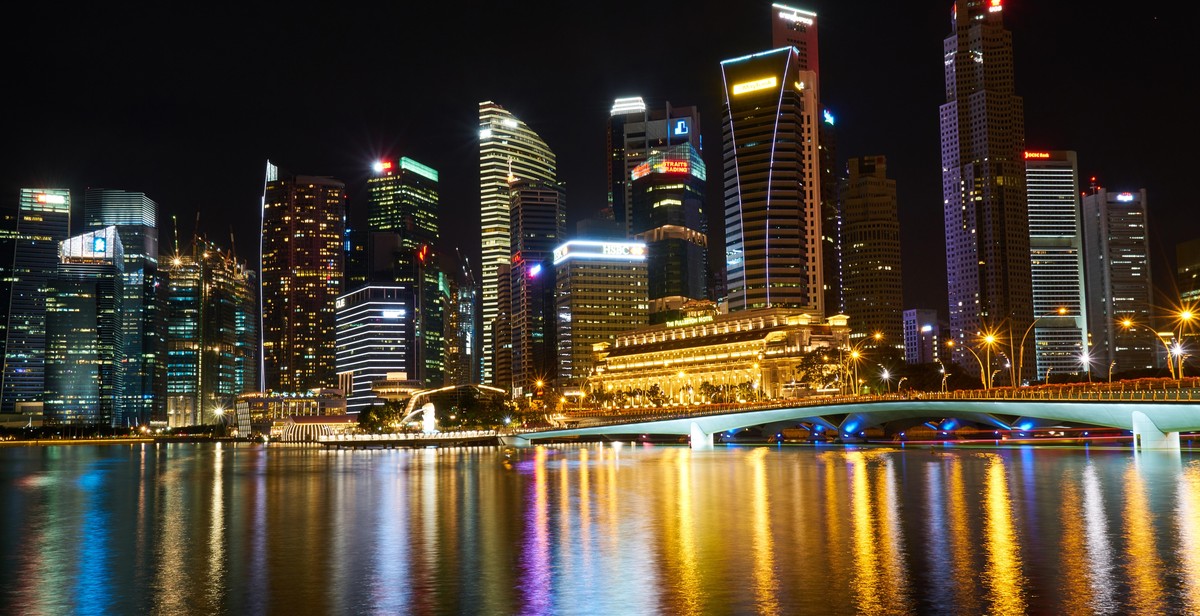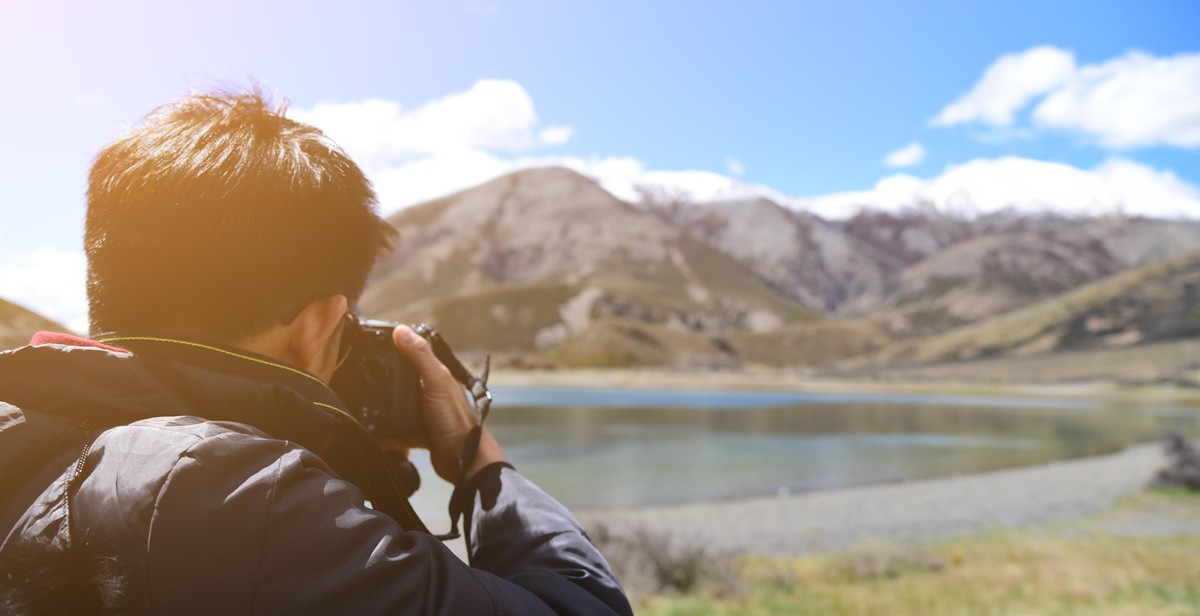How to Capture Stunning Photos of Lakes and Water Landscapes
Lakes and water landscapes are some of the most beautiful subjects for photography. They offer a wide range of opportunities to capture stunning images of nature, including reflections, ripples, and the play of light on the water’s surface. Photographing lakes and water landscapes can be a challenging but rewarding experience, and with the right techniques, you can capture images that will take your breath away.
Why Lakes and Water Landscapes are Great Subjects for Photography
Lakes and water landscapes are great subjects for photography for several reasons. Firstly, they offer a wide range of colors, textures, and patterns that can be captured in a single image. Secondly, they provide an excellent opportunity to capture reflections, which can add an extra dimension to your photos. Thirdly, they offer a sense of calm and tranquility, making them ideal subjects for landscape photography.
Another reason why lakes and water landscapes are great subjects for photography is that they are constantly changing. The light, weather, and time of day can all have a significant impact on the appearance of the water and the surrounding landscape, offering endless opportunities for creativity and experimentation.
- Wide range of colors, textures, and patterns
- Reflections add an extra dimension
- Sense of calm and tranquility
- Constantly changing
In this article, we will explore some tips and techniques for capturing stunning photos of lakes and water landscapes. Whether you’re a beginner or an experienced photographer, these tips will help you take your photography to the next level.
Equipment You’ll Need
If you’re planning to capture stunning photos of lakes and water landscapes, you’ll need to have the right equipment. Here are the essential tools you’ll need:
Camera and Lens
The first thing you’ll need is a good quality camera and lens. A DSLR or mirrorless camera will give you the best results, as they have larger sensors and more manual controls. A wide-angle lens is also recommended, as it will allow you to capture more of the landscape in your shots. Look for a lens with a focal length of around 16-35mm.
Tripod
A sturdy tripod is essential for landscape photography, especially when shooting around water where there may be wind or uneven terrain. Look for a tripod that is lightweight and easy to carry, but also sturdy enough to support your camera and lens. A tripod with adjustable legs and a ball head will give you the most flexibility when setting up your shots.
Filters
Filters can help you achieve the perfect exposure and color balance in your photos. A polarizing filter is a must-have for water landscapes, as it can reduce glare and reflections on the surface of the water. Neutral density filters can also be useful, especially if you want to create long exposure shots to capture the movement of the water. Graduated filters can help balance the exposure between the sky and the landscape.
| Equipment | Features |
|---|---|
| Camera and Lens | DSLR or mirrorless camera with a wide-angle lens (16-35mm) |
| Tripod | Sturdy, lightweight tripod with adjustable legs and ball head |
| Filters | Polarizing filter to reduce glare and reflections, neutral density filters for long exposures, graduated filters to balance exposure |
With these essential tools in your camera bag, you’ll be well-equipped to capture stunning photos of lakes and water landscapes.

Understanding Light and Composition for Capturing Stunning Photos of Lakes and Water Landscapes
The beauty of lakes and water landscapes is often mesmerizing and captivating. To capture stunning photos of these natural wonders, it is important to understand the role of light and composition in photography. Here are some tips to help you take your lake and water landscape photography to the next level.
Golden Hour
Golden hour, also known as magic hour, is the time just after sunrise and just before sunset when the sun is low in the sky and the light is soft and warm. This is the perfect time to capture stunning photos of lakes and water landscapes. The warm light of golden hour creates a beautiful golden glow on the water, enhancing the colors and textures of the landscape. Make sure to arrive at your location early to set up your equipment and take advantage of this magical time.
Reflections
Reflections are a great way to add depth and interest to your lake and water landscape photos. Look for calm water and position yourself to capture the reflection of the landscape in the water. This can create a mirror-like effect that adds a unique and beautiful element to your photo. You can also experiment with different angles and perspectives to capture reflections in creative ways.
Leading Lines
Leading lines are a powerful compositional tool that can help guide the viewer’s eye through the photo. Look for natural lines in the landscape, such as shorelines, rocks, or trees, and use them to create a sense of depth and perspective in your photo. Leading lines can also help draw attention to the main subject of your photo, such as a mountain or a tree.
By understanding the role of light and composition in lake and water landscape photography, you can capture stunning photos that showcase the beauty of these natural wonders. Remember to take your time, experiment with different angles and perspectives, and most importantly, have fun!

Tips for Capturing Stunning Photos of Lakes and Water Landscapes
Lakes and water landscapes are some of the most beautiful and serene places to capture stunning photos. Whether you are an amateur or a professional photographer, there are several things you can do to take your lake and water landscape photography to the next level. Here are some tips:
Experiment with Different Angles and Perspectives
One of the easiest ways to make your lake and water landscape photographs stand out is by experimenting with different angles and perspectives. Try shooting from a low angle to capture the reflection of the sky and clouds on the water surface. Alternatively, you can also shoot from a high angle to capture the entire landscape from a bird’s eye view. Don’t be afraid to get creative and try out different angles to see what works best for the scene you are shooting.
Play with Shutter Speeds
Shutter speed plays a crucial role in capturing stunning photos of lakes and water landscapes. If you want to capture the movement of the water, try using a slower shutter speed to create a silky smooth effect. On the other hand, if you want to freeze the motion of the water, use a faster shutter speed. Experiment with different shutter speeds to see how they affect the overall look and feel of your photos.
Use HDR Technique
High Dynamic Range (HDR) technique is a great way to capture stunning photos of lakes and water landscapes. HDR involves taking multiple photos of the same scene at different exposures and then blending them together to create an image with a wider range of colors and details. This technique is especially useful when shooting in challenging lighting conditions, such as during sunrise or sunset, where the sky and the water may have vastly different exposures.
By following these tips, you can take your lake and water landscape photography to the next level and capture stunning photos that will leave a lasting impression on your viewers.

Post-Processing Your Photos
After capturing your stunning photos of lakes and water landscapes, it is time to enhance them using editing software. The following are the basic editing steps you can take to make your photos stand out:
Editing Software
There are several editing software options available, but the most popular ones are Adobe Lightroom and Photoshop. These software programs are user-friendly and offer a wide range of editing tools that can help you enhance your photos.
Basic Editing Steps
The following are the basic editing steps you can take:
- Adjust Exposure: This is the first step in editing your photos. You can increase or decrease the exposure to make your photos brighter or darker.
- Adjust Contrast: This step involves adjusting the contrast to make the dark areas of your photo darker and the bright areas brighter.
- Adjust Saturation: This step involves adjusting the saturation to make the colors in your photo more vivid.
- Crop: This step involves cropping your photo to remove unwanted elements and to improve the composition.
- Sharpen: This step involves sharpening your photo to make it look crisp and clear.
- Noise Reduction: This step involves reducing any noise or graininess in your photo.
Conclusion
Post-processing your photos is an essential step in creating stunning photos of lakes and water landscapes. By following the basic editing steps using editing software, you can enhance your photos and make them stand out.
